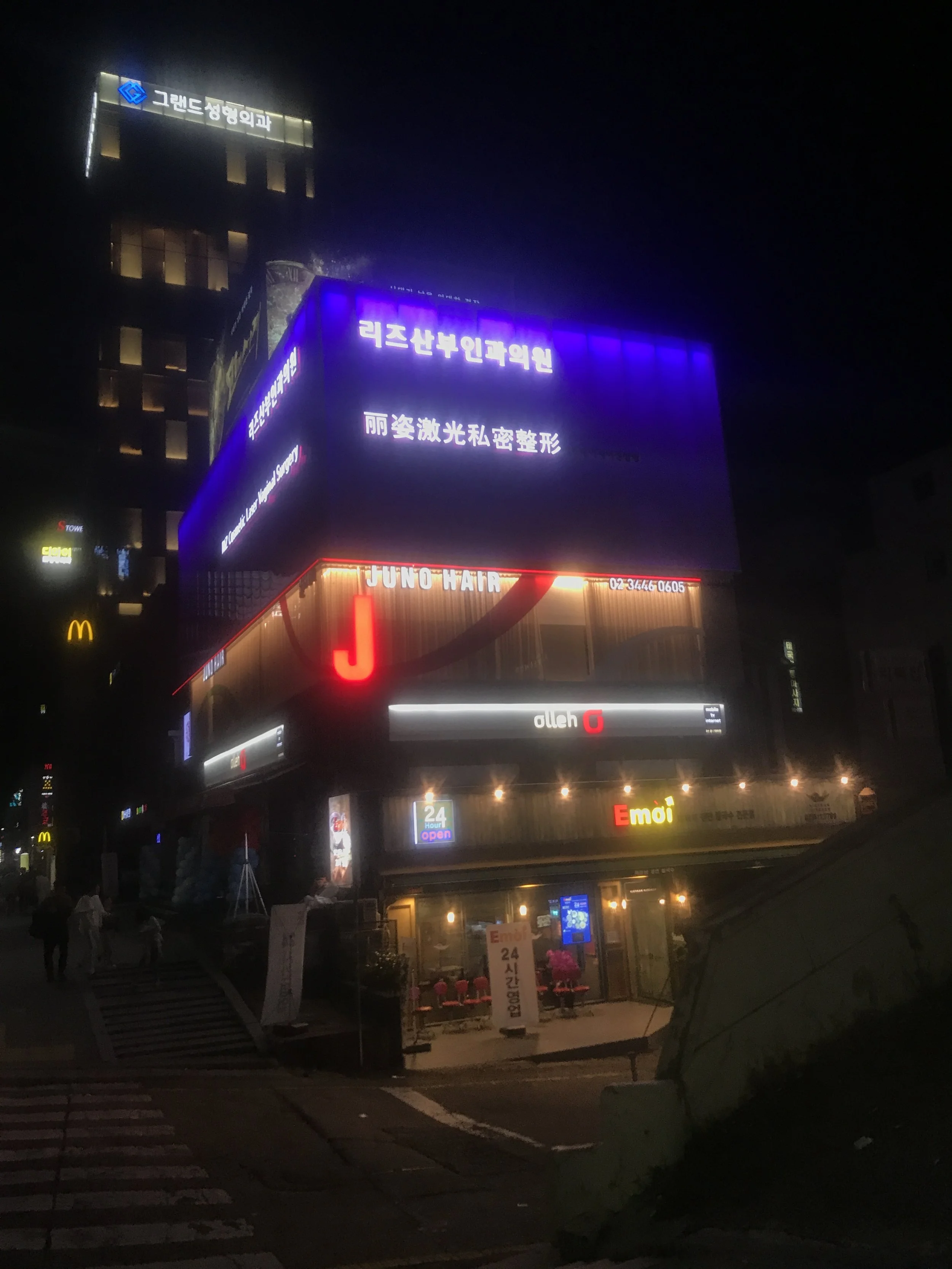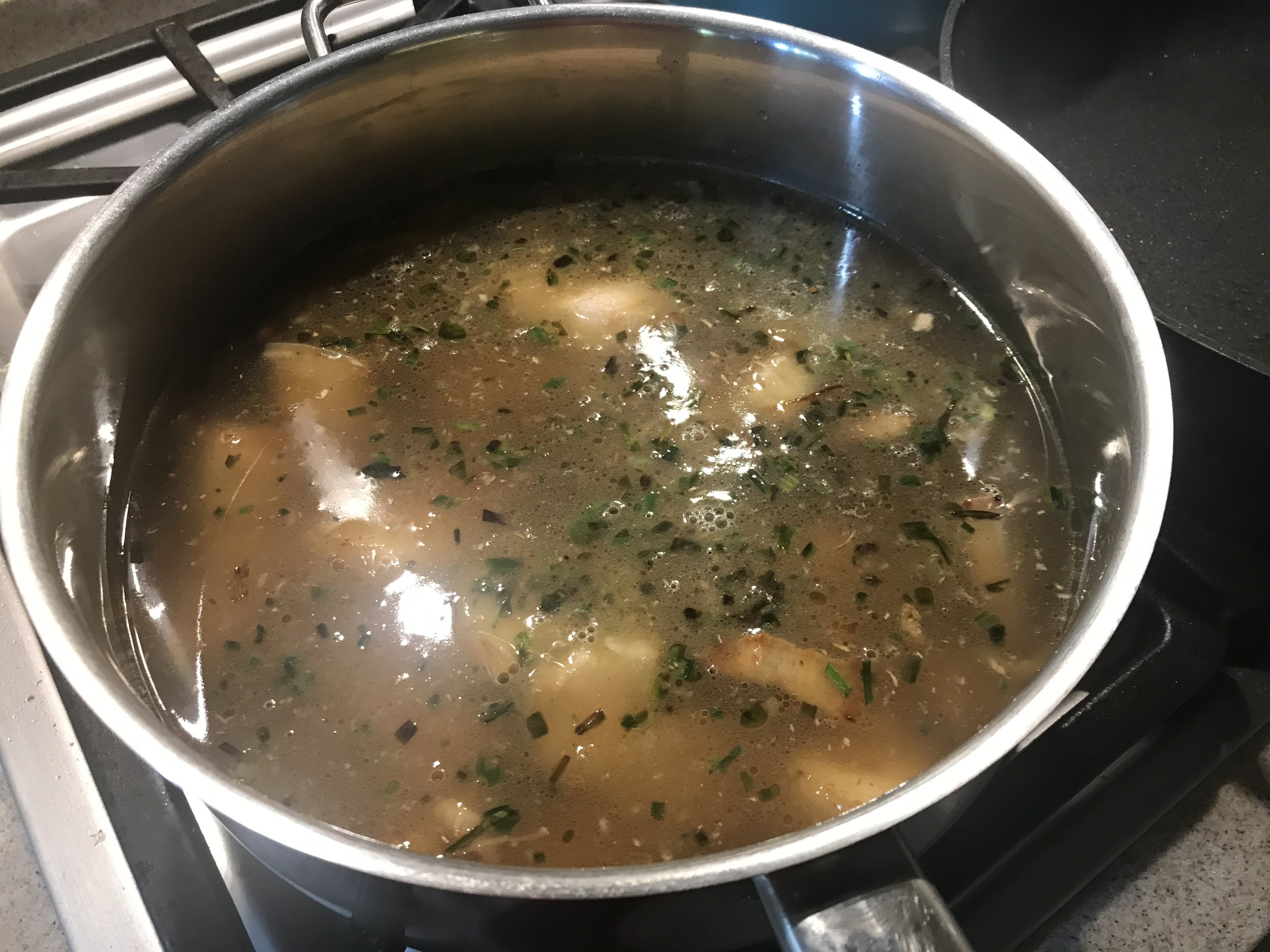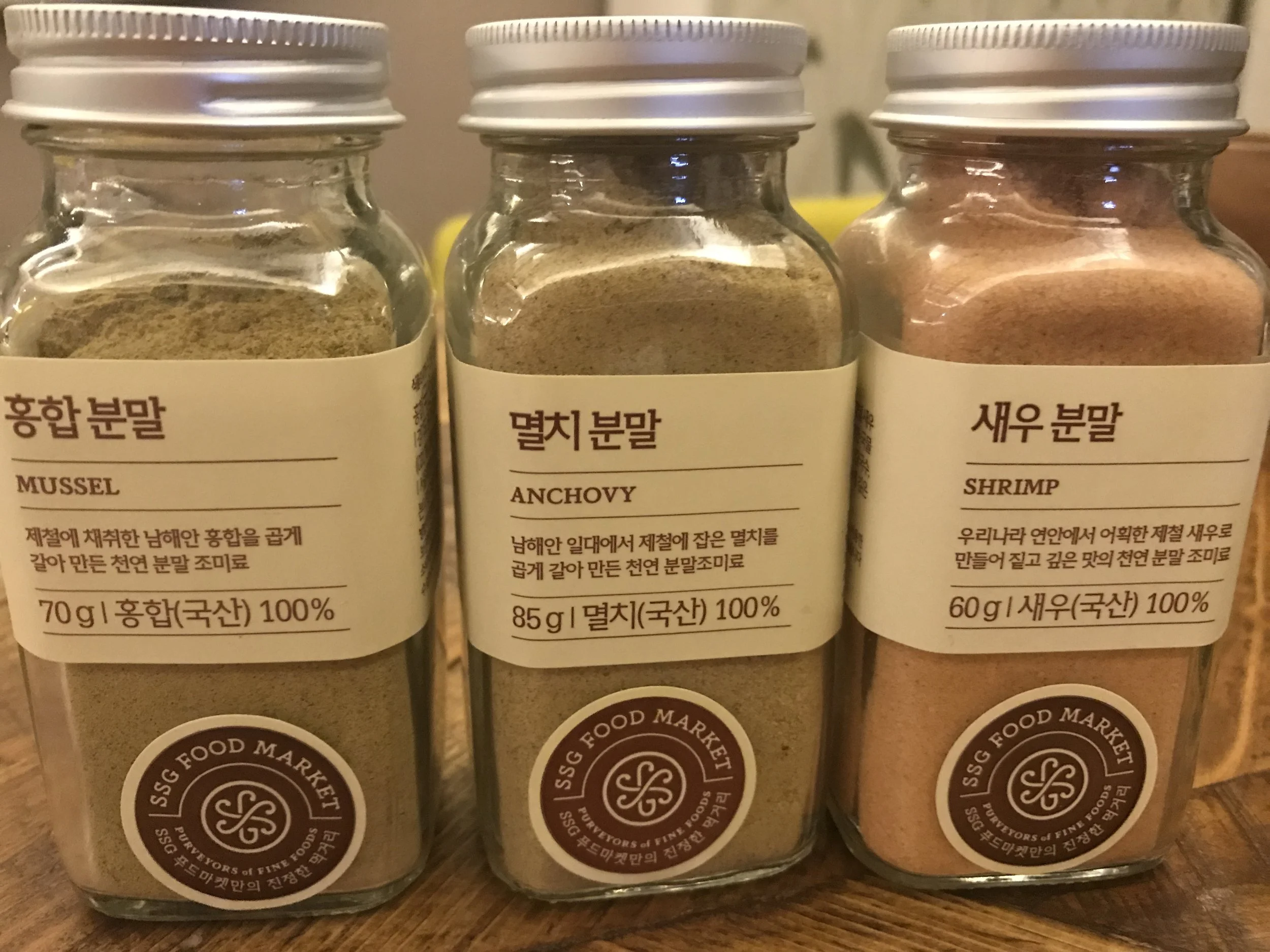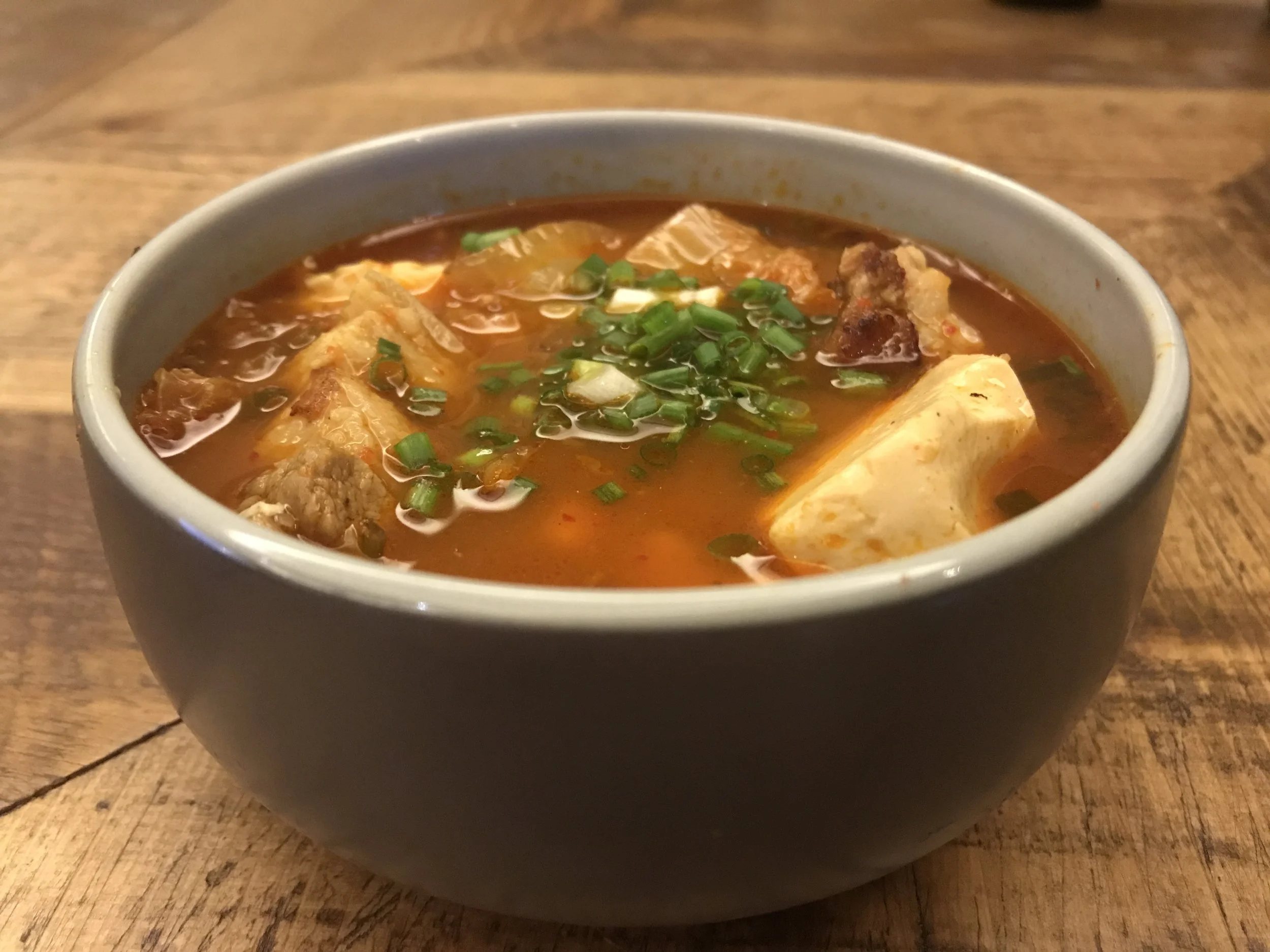Why am I starting a food blog? It doesn’t make any sense, I don’t have the time for it. My work is too busy as it is. I’m not particularly good at cooking, even though I do like to cook and invite people over for dinner parties, but what I can make is very limited. I’m terrible at writing, and I take shitty pictures. Tell me again, why am I starting a food blog?
On the last night of our first trip to Seoul, in this tiny hotel room, the idea of starting a food blog is stuck in my head. It just feels right. Just like the time when I chose Music as my major at NYU when I absolutely have no business of doing. All the other students in my class had spent years and years studying music and knew how to play multiple instruments. I could barely read music at the time. Or the time I picked up Brazilian Jiu Jitsu with very little athletic ability and discipline, but now I’m a Purple belt which is no small feat I might add. Both of those things just felt right then and now this food blog idea just feels right at this particular moment.
I guess the part of the motivation to start this blog is because I’ve been a longtime fan of Bourdain (obsessed really, I mean the guys does food and jits – what’s not to love), David Chang (Ok, mostly because he’s Asian and I read the Momofuku cookbook) and most recently Eddie Huang (Being a fellow Taiwanese, I should’ve caught onto Huang’s World much earlier). Their honest take on food and culture is unique to their individual experience that I feel somehow if I’m honest and true to my own experience then I can tell my culinary story.
The other motivating factor has been this trip to Seoul. Just to give a little bit of background. Last September, I’ve made my first trip to Tokyo and it blew my mind when it came to food. I knew it was going to be good because everyone said it’ll be good. I just didn’t it’ll be THIS GOOD, I was speechless, not one bad meal during the entire trip. I came back to Shanghai obsessed with trying to replicate what I ate, I brought back from Japan loads of konbu, katsuobushi, dried anchovies, scallops and mushrooms and was making my own dashi for everything. Needless to say my wife got sick of it after a while. What also blew my mind was that everything was seasoned so well, even for something that looked so simple in appearance like soba noodles in broth which turned out to be mind-blowingly flavorful.
Now that you know the background, let’s get back to Seoul. This trip was booked very last minute. There was no planning, I’ve been super busy with work for the past year I simply didn’t have the time. In fact I was in Singapore a few days before Seoul when the wife booked the tickets and hotel. I’ll save Singapore for another time, great place to visit for foodies for sure. The expectation for Seoul was not as high as Tokyo of course, but it was high. I grew up with many Korean friends in New York and I know the potential of how good Korean food can be, so I came to Seoul hoping to experience a similar epiphany I had in Tokyo with regards to Korean cooking. Unfortunately I didn’t get that feeling this time round. Not to say things weren’t delicious, they were, but there was nothing that needed demystifying. Everything was simple, rustic and relied more on the quality of the ingredients over preparation or cooking technique. Which was slightly disappointing. Most of the restaurants we went to had very short menus concentrating on a few things. The famous Ginseng Chicken soup restaurant literally had chicken soup and may be 3-5 other items you can order from the menu. Same with the other restaurants, they served mainly what they specialized in. I kept thinking to myself, maybe I came at the wrong time, it is the Mid-Autumn Festival, the city is dead, and everyone’s gone home.
We lived next to this huge plastic surgery clinic...very surreal!
Anyways, so one of the highlights of the trip was seeing a college buddy from NYU whom I’ve haven’t seen since I graduated in 2000. Eugene is the nicest guy you’ll ever meet, and if it wasn’t for him I wouldn’t have taken up BJJ. I remember it was like junior or senior year, he showed me a tape with many of Enson Inoue’s fights on it – UFC 13 versus Alger, and the Randy Couture fight, it was crazy, I was like this man is bad ass! Now Eugene is also a Purple belt, life got in the way for most of us, the progression is never as fast as we would like but hey everyone’s journey is different. So, Eugene and I met up, had a few drinks, and the two of us decided to go to the main area of Gangnam for a few more drinks and food. He ordered kimchi jjigae and that’s something I’ve cooked a few times myself, and the whole time I’m thinking to myself, this kimchi jjigae doesn't have a lot of taste, and even though the place we went to wasn’t a Michelin starred restaurant, if I can't get good kimchi jjigae in Seoul, where else can I go.
I couldn't stop thinking. How would I make the kimchi jjigae better? In the past, I've followed another college friend Hyunha's advice and that's a big knob of butter into the kimchi jjigae to get that smooth velvety texture but also the fattiness that makes it even more delicious. I'll also add in a few fresh clams to get that umami taste. I wanted to try something different. Recently I've made a lot of Taiwanese braised pork and I feel the technique used to braise pork would really make a good kimchi jjigae. So here's my take on kimchi jjigae using Taiwanese braised pork technique
Next, sweat out fat from the thinly sliced pork belly, add sliced onions and cook as long as possible, add chopped scallion, garlic, grated ginger, large pork belly chunks, some rice cooking wine
Then, add water and simmer for 30-45 minutes.
Then when your meat is ready add rest of the ingredients...gochujang, Korean soy bean paste, soy sauce (just a little bit), kimchi, Korean chili powder, and tofu. This time I've also had added in some powder I brought back from Korea (Mussel, Anchovy, and Shrimp)
Almost Ready
Just a few more minutes
Prized possession from this trip
SSG Food Market is the bomb!
Enjoy!
I need to learn to take better pictures








